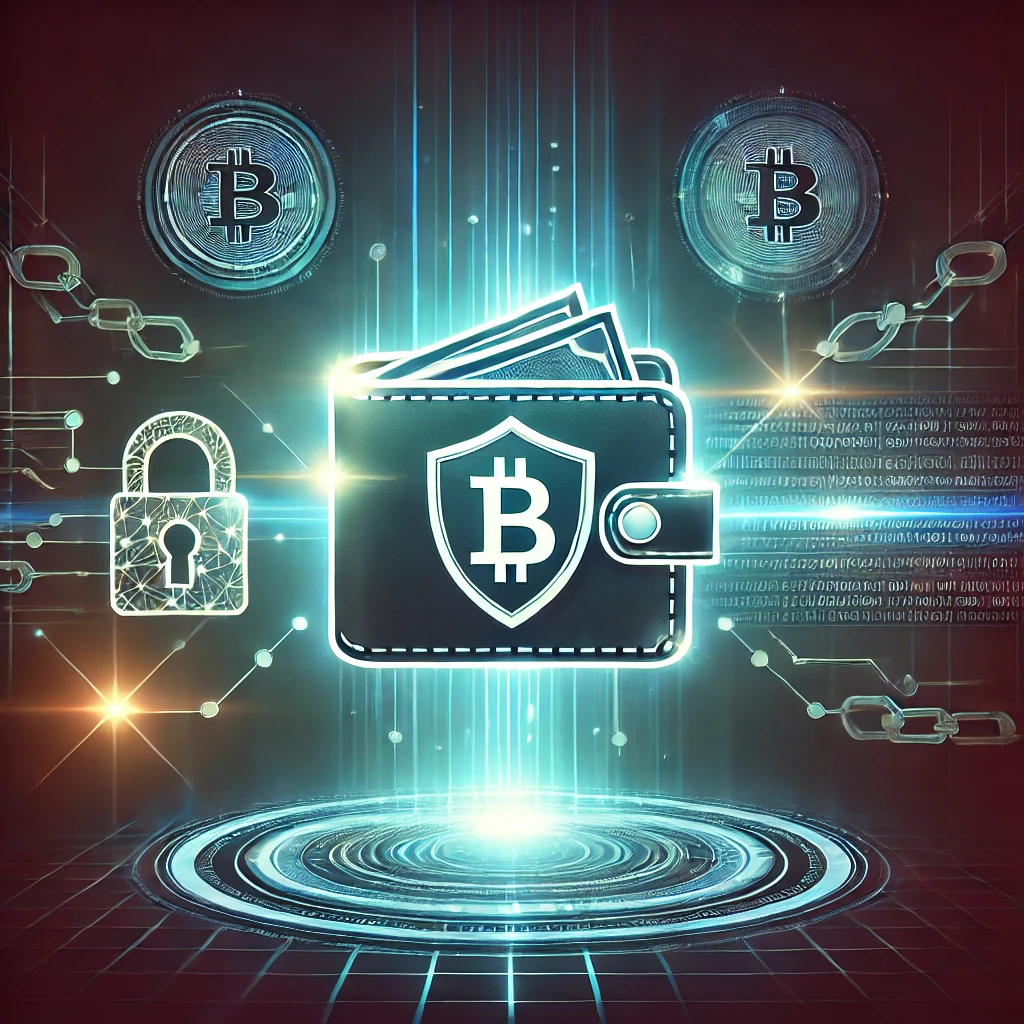Top 7 Security Practices to Protect Your Crypto in Backpack Wallet
 Chikwe Saint Victor
Chikwe Saint Victor
The world of cryptocurrency offers incredible opportunities but comes with unique security risks. For Backpack Wallet users, ensuring the safety of your assets is critical, especially as the platform integrates advanced tools like multi-chain support and NFT management. This article highlights the top security practices to keep your crypto safe while using Backpack Wallet.
1. Secure Your Recovery Phrase
Your recovery phrase (or seed phrase) is the key to your wallet. If someone gains access to it, they can control your assets.
Write it down on paper and store it in a safe, offline location (like a safe).
Avoid storing it digitally where it could be hacked, such as on cloud storage or unsecured devices.
Consider splitting the phrase into parts and storing them separately for added protection.
💡 Pro Tip: Never share your recovery phrase—not even with Backpack support.
2. Enable Two-Factor Authentication (2FA)
Two-factor authentication adds an extra layer of security by requiring a second form of verification.
Use apps like Google Authenticator or Authy for Backpack Wallet’s supported 2FA setup.
Avoid SMS-based 2FA if possible, as SIM-swapping attacks can compromise it.
3. Use a Hardware Wallet for High-Value Assets
For users managing significant crypto holdings, connecting Backpack Wallet to a hardware wallet (like Ledger) is a must.
Hardware wallets store your private keys offline, making them immune to hacks.
Backpack supports integration with popular hardware wallets, offering enhanced security while maintaining convenience
4. Verify Token and NFT Authenticity
Scammers often create fake tokens or NFTs to trick users into making transactions.
Before swapping or buying, confirm the contract address of the token or NFT.
Use Backpack Wallet’s spam removal tools to hide malicious or unwanted NFTs from your portfolio
5. Keep Your Wallet Software Updated
Updates often include critical security patches to address vulnerabilities.
Regularly check for updates on Backpack’s official website or app store.
Avoid downloading Backpack Wallet from unofficial sources, as they could be compromised.
6. Use a Secure Internet Connection
Public Wi-Fi networks are easy targets for hackers looking to intercept data.
Use a secure, private network when accessing your Backpack Wallet.
Consider using a VPN for added security, especially when transacting on public networks.
7. Be Cautious of Phishing Attempts
Phishing attacks are a common way hackers steal wallet credentials.
Double-check URLs before logging into your Backpack account. Official URLs should always end in “.exchange” or “.app.”
Ignore unsolicited emails or messages claiming to be from Backpack support. Instead, contact support directly through verified channels
Bonus Tip: Stay Informed
The crypto space evolves quickly, and staying updated on security best practices is crucial.
Follow Backpack’s official blog, forums, or social channels for news and updates.
Join communities like Discord to learn from other users' experiences and insights.
Conclusion
By following these top security practices, you can safeguard your crypto assets and enjoy the full potential of Backpack Wallet with peace of mind. Remember, the key to staying safe in crypto is vigilance—your security is in your hands!
Subscribe to my newsletter
Read articles from Chikwe Saint Victor directly inside your inbox. Subscribe to the newsletter, and don't miss out.
Written by
